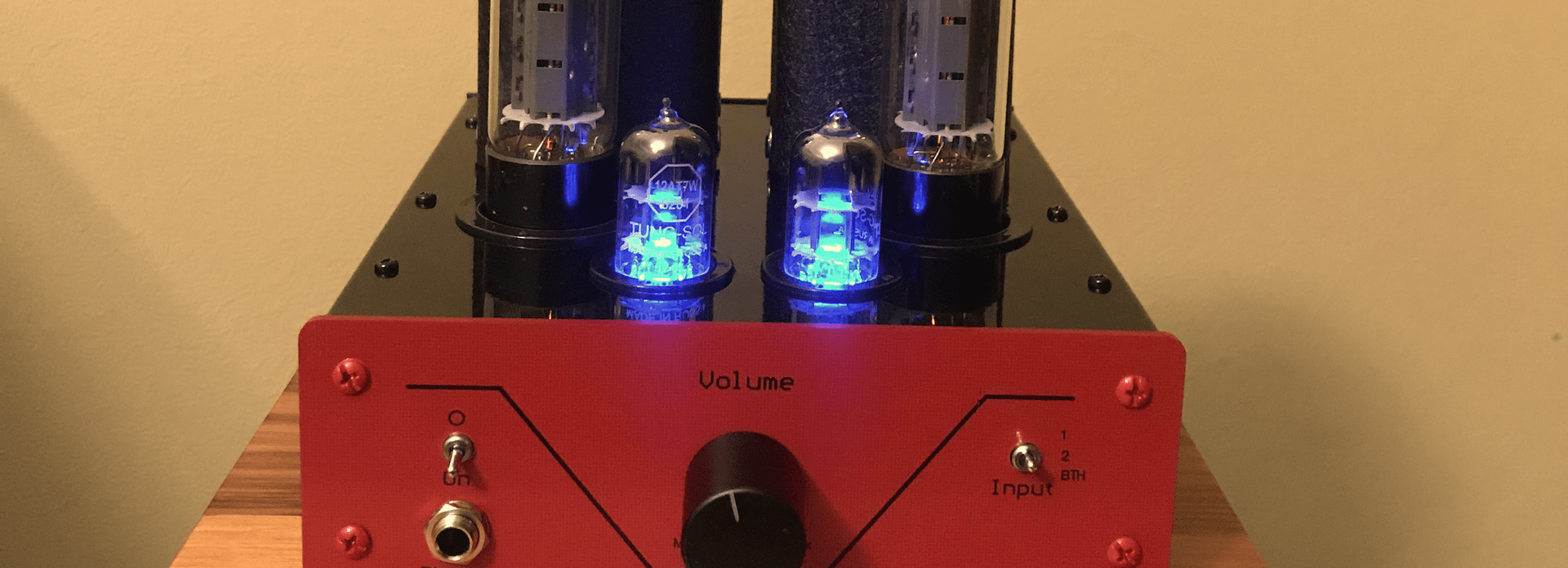Why is tube sound different to solid state?
How could valves possibly survive when they are clearly technically inferior? How could a state-of-the-art audio amplifier with impeccable specifications, vanishingly low distortion, and oodles more power, ever be considered inferior to something developed about a century ago?
Almost 40 years ago, (together with Ron Keeley, a noted Australian musician), I designed and described a 140 Watt DIY valve guitar amplifier in the Australian edition of Electronics Today International magazine (Eti) - a popular electronics magazine still published in some countries.
The words Ron and I penned on our Remington typewriters in 1980 are just as relevant today; “the valve vrs. transistor argument will probably never be settled conclusively. Despite all the obvious advantages of solid-state musicians prefer valves because, they say, valve amps simply sound ‘better’, subjectively – like the preference some people have for an old Harley-Davidson or Triumph motorbike, rather than a modern high-revving performance machine (this was the Kawasaki Z1-R era). On the other hand, there are definite technical reasons why a valve amp will sound ‘different’," (but is tube sound better, or just different).
"The reason most often advanced is that valves produce predominantly second harmonic distortion, whereas transistor amp distortion is mainly third harmonic. While this is true, it is not the whole truth; the distinctive sound of valves is caused by the synergy of many factors, and the spectral balance of the distortion factors is just one of them. Other important factors are the shape of the distortion-power curve, the fact that valve amps are transformer coupled to the load (which affects the overall response of the amp), the higher output impedance of valve amps (resulting in reduced damping of the loudspeaker and a more ‘colourful’ sound), and the higher ‘dynamic output’ of valve amps (the ability to deliver relatively constant power output to a varying load; i.e. a speaker). If all these factors could be built into a transistor amp, then possibly it would sound, subjectively, like a valve amp. Many have tried to do this – most have failed”.
Thanks for reading about tube sound. Phil Wait
